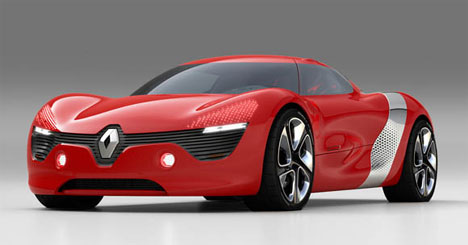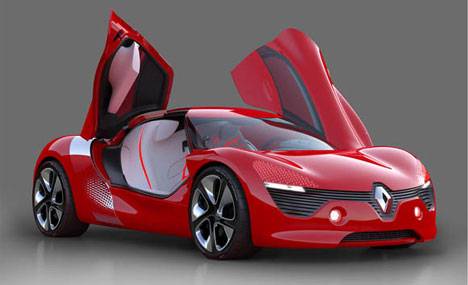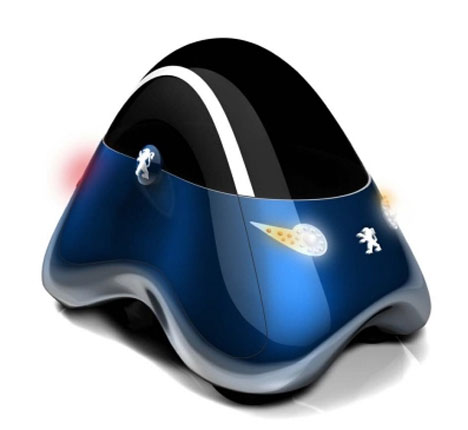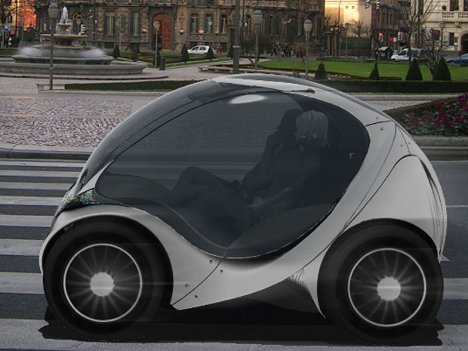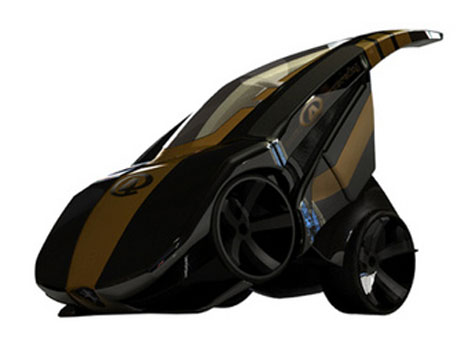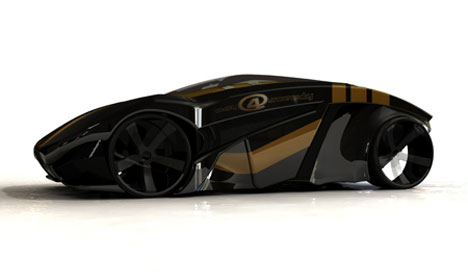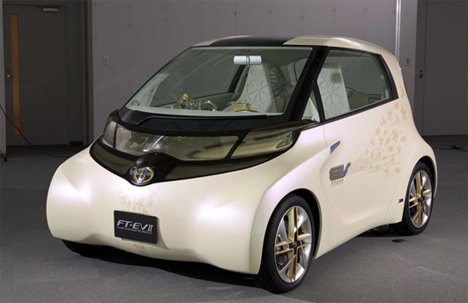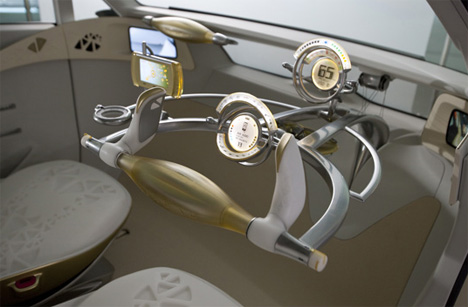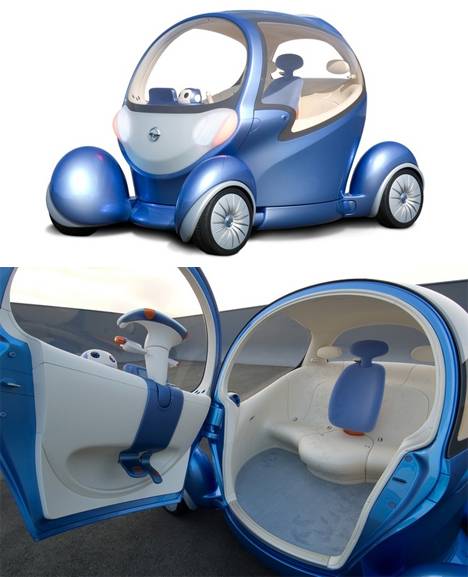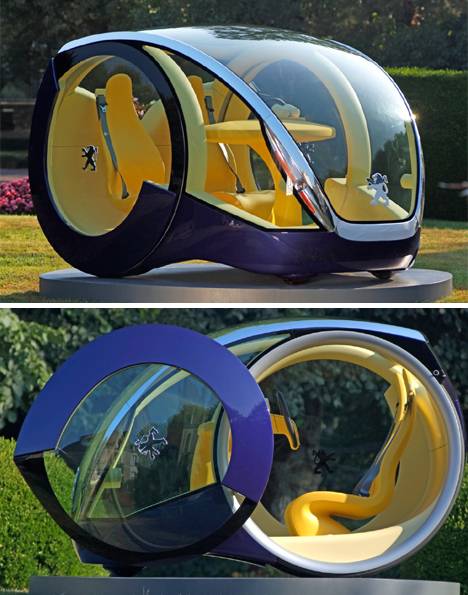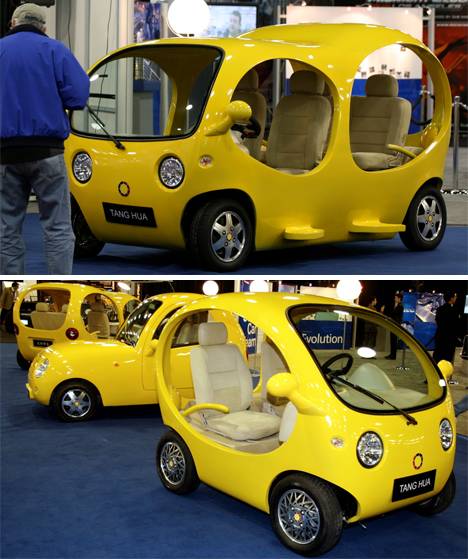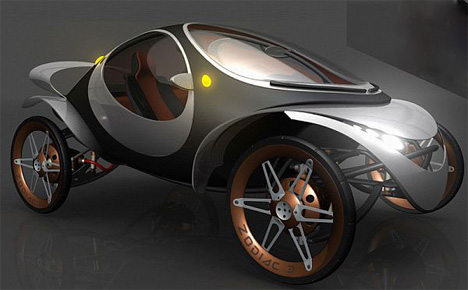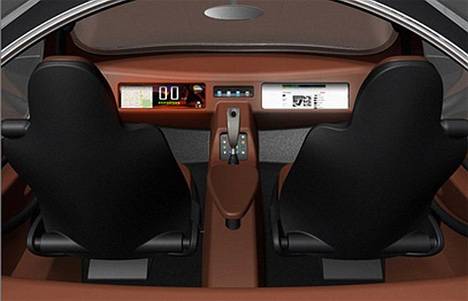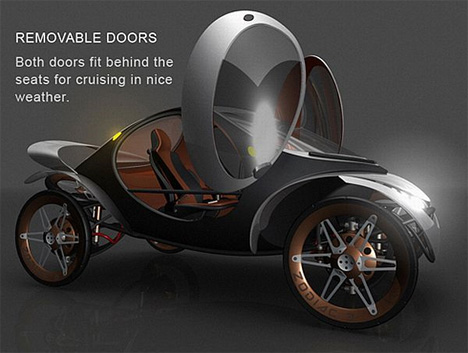There is an enormous amount of misinformation going around about clean energy, renewables, non-polluting fuels, etc.. This may be part of a propaganda campaign that the fossil fuel industry has mounted to protect their market dominance and profits. In any case, solar, wind, ocean and other alternatives gets routinely attacked with bogus, spun-up, twisted pseudo-science and lies. One of the myths that gets pushed is that there are no viable alternatives to petroleum that have a sufficiently high energy density for their use in transportation, particularly in aviation. Of course, that is nonsense right off the top, because high-energy-density non-petro bio-fuels have already been developed and tested and will be coming into increasing use in just the next few years. Additionally, liquid hydrogen has an energy density as high as petroleum based fuels, so high, in fact, that it has even been used as a rocket fuel.
The Future of Aviation Biofuels
20 February 2012
(excerpt)
In New York, Bloomberg New Energy Finance said that jatropha-based fuels were the near-term candidate as sustainable aviation fuels available at prices competitive with conventional jet fuel. The BNEF research unit said that it expected jatropha-based jet fuel to be available at $0.86-a-litre ($3.25 per gallon) by 2018. Following the emergence of jatropha-based fuels, BNEF said that aviation fuel made from pyrolysis of woody biomass represented the next most affordable category of aviation biofuels, projecting that jet fuel from this source could be available at $0.90 per litre ($3.40 per gallon) by 2018.
Pure regular alcohol bio-fuel has an energy density a bit lower than gasoline but it is still quite useful for most transportation purposes. Some of the other aliphatic alcohols (methanol, ethanol, propanol, and butanol) that can be produced biologically have
both energy densities similar to gasoline
and over 25% higher octane ratings.
Biofuels, while technically carbon neutral, still emit CO2 and have other complications associated with them and their production so, other than as an example of an already existing high-energy-density fuel for transportation, let's leave biofuels aside for a later debate and consider some of the other viable high density non-petroleum energy sources for transportation that will almost certainly come to dominate the transport sector in the next decade or so and should eventually replace petroleum fuels altogether.
There are several main viable prospects for powering both surface vehicles and aircraft without the use of fossil fuels of any kind (or any other kind of CO2 emitting fuel, for that matter, even bio-fuels).
Two of the main categories would be electric energy storage and hydrogen storage. Both of these are still in their initial, fast developing stages, with new advances eclipsing earlier developments regularly.
Let's first consider the actual cutting edge of electric energy storage methods. There are two main avenues of research - battery storage and supercapacitors. Some of these advances have been recently developed and are already moving from the 'research and development; stage into the initial, preliminary 'development for production' stages. I’ll get to those after first looking at one new and radical development in battery technology that is already in production and that has already proven itself in limited use.
Objections to electric storage for vehicular travel have generally centered on the cost of the batteries, the weight of the batteries, the length of time to recharge the batteries, and, perhaps primarily, the limited amount of energy that the current generation of production battery technology can pack into a battery of reasonable size and weight. That inability of the current batteries to power a car for much more than a hundred miles or so has been, in addition to the first generation high prices, the main sticking point for consumers.
An enormous amount of research has been directed at overcoming these limitations and great strides have been made along a number of different lines of research, some very recently. Here's a sampling of some of those developments that will, in the fairly near future, dramatically extent the range of electric vehicles, reduce the charge time of the batteries enormously, and significantly reduce the size, cost and weight of the batteries.
First let’s look at a radical new technology just coming on the market that may change the electrical vehicle market much faster than anyone anticipated.
This Breakthrough Will Soon Slash EV Prices Drastically
Wall Street Daily
Justin Fritz
Published Tue, Aug 30th, 2011
(excerpts)
The “Holy Grail” Of Cutting EV Costs
You see, the biggest culprit behind inflated EV prices is the battery. It adds $10,000 or so to an EVs manufacturers suggested retail price (MSRP). What’s worse, owners need to replace the lithium-ion battery every 10 years. So the cost of ownership is a huge deterrent. But DBM Energy’s new advanced battery – Kolibri – is constructed with a special lithium metal polymer. Early reports suggest this battery will cost 89% less than existing batteries and will only need to be replaced approximately every 20 years. Plus, it trounces existing batteries in three other important ways…
~ Weight: A Kolibri is reportedly 29% lighter than the battery pack in a Tesla Roadster.
~ Efficiency: A Kolibri has enough power to keep an Audi (ETR: NSU) A2 cruising for an astonishing 400 miles on a single charge.
~ Charging: You can fully charge a Kolibri battery in just six minutes. The Leaf takes closer to six hours.
The potential for this new technology seems very promising and the company’s already in talks with major automakers worldwide. It foresees a mainstream rollout of its superior Kolibri battery not too far off. Once this happens, it’s reasonable to assume that you’ll be able to buy a Nissan LEAF for around $26,300. Or $18,800 after factoring in the government tax credit.
DBM Energy's KOLIBRI technology passes safety and performance tests with flying colors
DBM Energy's KOLIBRI Press Release - Free to Reprint
- LMP lithium-metal-polymer battery cells (KOLIBRI) pass comprehensive safety tests
- Independent range test confirms performance and range of KOLIBRI batteries
- Full-scale field trial scheduled for 2011
Berlin, Germany – 1. April 2011 – For over a year the KOLIBRI battery cells developed by DBM Energy have been performing reliably in electrically powered logistics vehicles. In October 2010, as part of a demonstration project, this innovative battery technology powered a conventional passenger car converted to electrical power over a distance exceeding 600 km, setting a worldwide record. 5,000 charging cycles document the range and longevity of the KOLIBRI LMP lithium-metal-polymer battery technology. Independent studies now also confirm the safety and performance of the KOLIBRI technology.
Safety
On 17 January 2011, the German Federal Institute for Materials Research and Testing (BAM - Bundesanstalt für Materialforschung und –prüfung) initiated a comprehensive test program to evaluate the safety aspects of the innovative LMP lithium-metal-polymer battery technology (KOLIBRI) developed by DBM Energy GmbH. The recently completed tests on individual battery cells confirm that the KOLIBRI technology used on the world record-setting drive on 26 October 2010 meets the required safety standards for use in stationary applications as well as in passenger and commercial vehicles.
The safety tests were conducted in accordance with the protocols established in the 5th edition of the UN Transport Test Manual for the Transport of Dangerous Goods published in 2009. The recommended testing methods for lithium batteries serve as an international standard. In eight exhaustive tests series, the KOLIBRI technology was examined to establish its safety when subjected to extreme climate and pressure variations, electrical short-circuiting, overload or inversed polarity as well as strong mechanical forces such as vibrations, show and heavy impact.DMB's LMP cells easily passed the entire range of tests.
"The LMP cells we tested stand out by their high degree of technical safety," said Prof. Schröder in explaining the results of the tests, which had been repeated a number of times. The LMP lithium-metal-polymer battery systems met all the standards set in the UN test series. The cells exhibited no leaks, did not generate heat exceeding 170 degrees Celsius, did not decompose or ignite, and maintained in excess of 90% of electrical tension.
In addition to the UN tests, the battery cells were also tested for fire risks. The LMP cells proved absolutely fire and explosion proof when exposed to direct fire. The BAM's Prof. Schröder concludes: "Overall it can be stated that the KOLIBRI cells completely fulfill all safety requirements for this type of technology."
Performance
Besides BAM's safety tests, the KOLIBRI technology was subjected to an independent range test by German certification institute DEKRA at its test center at the Lausitz EuroSpeedway racetrack in Klettwitz, Germany. The range of the LMP battery system on the Audi A2 test vehicle platform was determined following the procedures set down in the currently applicable ECE-R 101 directive for measuring the range of vehicles equipped with an electric drive. The tests were conducted in facilities and with equipment that fully complied with testing protocol requirements.
At the time of determining testing parameters prior to commencing the test, the vehicle weight – empty weight not including driver – was measured below the approved total mass of 1,500 kilograms. The maximum energy delivered by the LMP battery was measured at 62.928 kWh. By comparison, the battery capacity registered at the time of the world record in October 2010 was 98 kWh. The lower capacity, however, proved sufficient for the range tests as per ECE-R 101, which require that a distance of at least 300 km be covered.
All test results of the KOLIBRI technology were subsequently verified and validated by DEKRA. This includes the initial battery charge after handing over the vehicle, recharging the battery over charging period of 12 hours, discharging the battery over a distance of 100 km at a constant speed of 70 km/h as well as determining the vehicle's driving resistance. The peak speed measurement during the 30-minute maximum speed segment was 100 km/h. The required condition of covering a distance of 300 km within 7 days was met in one session on a roller dynamometer, indicating a range of 454.83 kilometers with the 62,928 kWh LMP battery. Adjusted for the battery capacity of 98 kWh at the time of the worldwide range record, the range would have been 714 km. The efficiency of the LMP battery was determined to be at 97%.
The test vehicle equipped with the KOLIBRI battery technology will be on
display on the BMWi (Federal Ministry of Economics and Technology)
stand in Hall 2 at the Hannover Messe Industrie trade fair and expo from 4
to 8 April 2011.
About DBM Energy
DBM Energy GmbH , founded in 2009 and based in Berlin, Germany, manufactures high-performance energy storage systems. DBM Energy has developed an innovative battery technology: KOLIBRI. This lithium-based intelligent energy storage system is monitored, controlled and optimized via integrated controllers to ensure optimum efficiency. The KOLIBRI technology finds universal application as an energy storage system for stationary equipment, electric passenger vehicles and commercial vehicles in the logistics and manufacturing industries. As part of a demonstration project, an everyday vehicle modified for electric power and equipped with the KOLIBRI technology covered a distance exceeding 600 km with a single charge in October 2010, setting a worldwide record.
Converted Audi A2 claims new electric vehicle distance record: 372 miles
Oct 27th 2010
(excerpts)
Berlin energy supplier Lekker Energie and battery company DBM Energy have teamed up to electrify an Audi A2 and take it on an attention-getting 605 km (379.9 mile) journey from Munich to Berlin, Germany. The run, conducted at night, was such a success that the team is claiming an electric vehicle world record of sorts. While the Japan EV Club managed to squeeze 1,003 km (623 miles) from their Mira on a track driving a steady 40km/h (25 miles per hour), this latest feat was performed on public roads at an average speed of 55 miles per hour. The Germans even had 18 percent of the pack's 115 kWh left at the end.
While the length and speed of the trip are all very nice, the real story here seems to be the batteries that made it possible. Developed sans government investment, the lithium metal polymer (LMP) cells, which Lekker and DBM refer to as Kolibri AlphaPolymer Technology, are said to be lighter and more powerful than traditional cells and operate with an efficiency of 97 percent. They were also compact enough to be integrated into the car without giving up passenger seating or trunk space. Want more amazing? Apparently, when connected to a generous enough power supply, the batteries can recharge in just six minutes. Also, when asked when production could start, DBM Energy CEO Mirko Hannemann answered, "now." Does it all just sound too good to be true? Maybe, but we expect we'll get more information – and confirmation from other sources one way or the other – real soon.
(In accordance with Title 17 U.S.C. Section 107, this material is distributed without profit to those who have expressed a prior interest in receiving the included information for research and educational purposes.)


